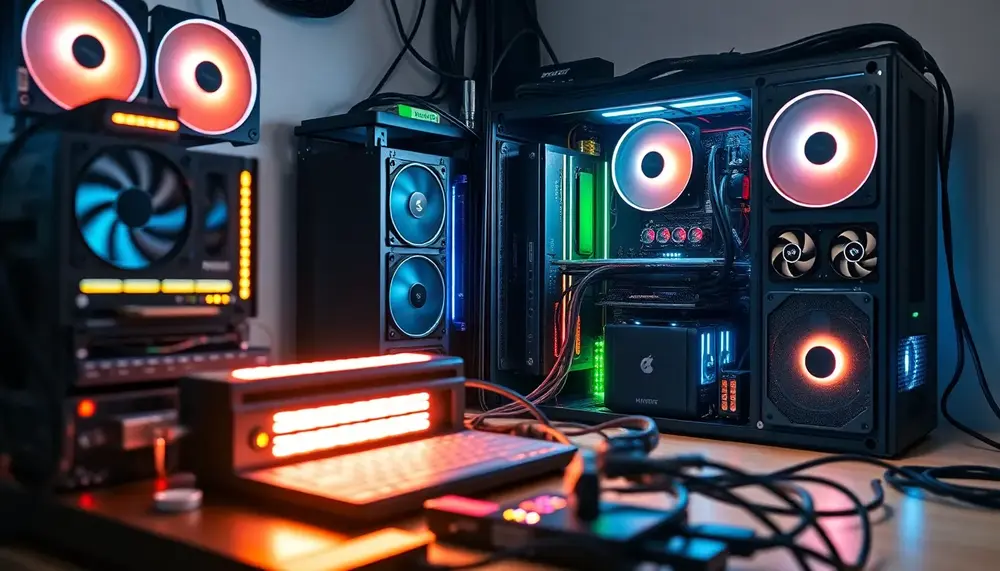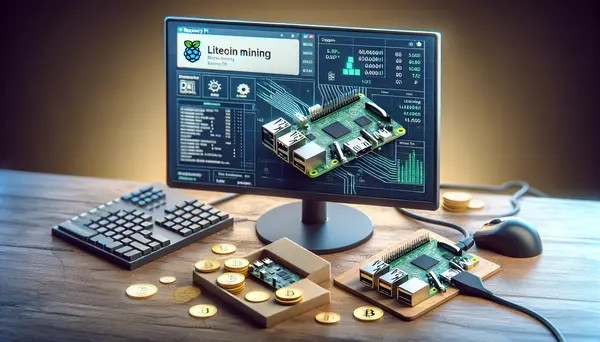Mining Power
Mining Power
Understanding Mining Power in Bitcoin Mining
If we are discussing Bitcoin Mining, the term 'mining power' is bound to come up. But what does it exactly mean? In the simplest terms, 'Mining Power' or 'hash rate', refers to the speed at which a mining machine operates. It's measured in hashes per second (h/s). A higher mining power means more chances of solving complex mathematical problems, which leads to more bitcoins earned.
The Impact of Mining Power
Mining Power plays a very crucial role in the Bitcoin network. Mining machines with higher power contribute more to the network’s total hash rate. This maintains the network's security and stability, by making it harder for any single miner or pool to take control. It also ensures that the blockchain operates smoothly, by verifying and adding transactions to the ledger more rapidly.
Mining Power and Energy Consumption
There is, however, a downside to high Mining Power. It comes with higher energy consumption. Bitcoin mining machines, especially those with high hash rates, consume a lot of electricity. This energy consumption often leads to increased operational costs and has sparked debates about its environmental impact.
Measuring Your Mining Power
You might wonder, how can one measure Mining Power? There are ideally two ways to measure your hash rate. The first is by using a mining calculator which can illustrate potential earnings based on current mining power. Another is by using monitoring software, which gives real-time data on your mining machines' performance and efficiency.
Boosting Your Mining Power
Improving one's Mining Power could significantly maximize profits. This can be done by investing in higher-tier mining equipment, joining a mining pool or optimizing the mining rig's setup for better efficiency. However, one should consider the associated costs and potential for profitability before jumping in。
Mining Power is a critical aspect of Bitcoin mining. It directly impacts a miner's potential earnings and plays an essential role in the network's security. However, chasing after extreme mining power should take into account energy efficiency and costs.
Blog Posts with the term: Mining Power

Bitcoin mining apps can transform your device into a mini mining rig, but with the market flooded by both genuine and dubious options, it's crucial to verify platforms like Google Play for reliability through download numbers, ratings, user reviews, and...

USDT (Tether) is a stablecoin pegged to the US Dollar, offering stability and liquidity in the cryptocurrency market. Unlike traditional cryptocurrencies that are mined, USDT can be earned through methods like liquidity mining, staking, and cloud mining; setting up involves...

Setting up a crypto mining server involves selecting optimal hardware like GPUs or ASICs, building infrastructure with adequate power and cooling, installing suitable software, and ensuring legal compliance for efficient operations. This process requires careful planning to optimize performance while...

Monero mining involves validating transactions using computational power, with miners rewarded through a combination of decreasing block rewards and transaction fees. The unique tail emission mechanism ensures perpetual miner incentives by stabilizing the reward at 0.6 XMR per block once...

Cloud mining allows individuals to mine cryptocurrencies remotely by leasing power from data centers, and Binance offers such services through its platform. Users can purchase contracts on Binance Cloud Mining without needing personal hardware or technical knowledge, but profitability is...

Litecoin mining, similar to Bitcoin but using a different hashing algorithm called Scrypt, can be done with Raspberry Pi. Despite not delivering high-performance output like dedicated mining rigs or high-end computer systems, the low-cost and energy-efficient Raspberry Pi is an...

The article provides a comprehensive guide on using XMRig for Bitcoin mining, covering everything from setting up a wallet to configuring the software. It highlights XMRig's features such as cross-platform compatibility and support for both CPU and GPU mining, making...

Choosing the right USDT mining app in 2024 is essential for maximizing returns, ensuring security, and achieving a smooth mining experience. Key features to look for include user-friendly interfaces, high efficiency, robust security measures, low fees, regular updates, good customer...

Mining pool payout schemes determine how rewards are distributed among miners, with options like Pay-Per-Share (PPS) offering predictable payouts and others like Proportional rewarding based on contribution during block rounds. Each scheme has unique benefits tailored to different miner preferences...

USDT mining simulation offers a risk-free, cost-effective way for beginners to learn about cryptocurrency mining by mimicking the process of validating transactions and earning virtual rewards in a controlled environment. This educational tool provides hands-on experience without financial risks or...

The article provides a comprehensive guide on how to mine Monero using Nanopool, covering the setup of a Monero wallet, creating an account on Nanopool, and configuring mining software like XMRig. It emphasizes Monero's privacy features and decentralized nature while...

Solana mining apps are software tools that help users mine Solana (SOL) cryptocurrency by utilizing their device's computational power to validate blockchain transactions, rewarding miners with SOL tokens. These apps vary in complexity and features, catering to both beginners and...

The article explains the importance of understanding Monero mining pools and their hashrate distribution, highlighting how these factors affect network security and decentralization. It also provides a guide to selecting top Monero mining pools in 2024 based on criteria such...

Building a Verus Coin mining rig can be rewarding due to its innovative ASIC-resistant algorithm, low competition, and supportive community. This article guides you through selecting the right hardware and software for an efficient setup, ensuring optimal performance and profitability...

